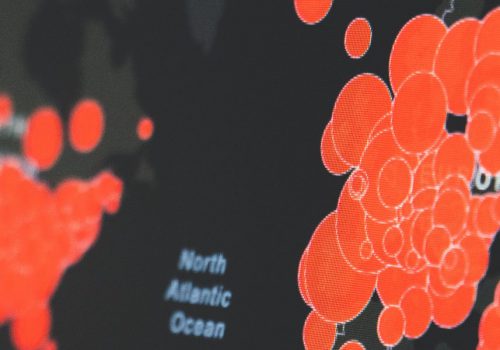With over two hundred diseases spread through the food chain, it’s clear that safe, sustainable food production is one of our greatest challenges. Globalization of the food trade further complicates food safety and the new edition of ISO 22000 on food safety management systems presents a timely response.
Food safety is about the prevention, elimination, and control of foodborne hazards, from the site of production to the point of consumption. Since food safety hazards may be introduced at any stage of the process, every company in the food supply chain must exercise adequate hazard controls. In fact, food safety can only be maintained through the combined efforts of all parties: governments, producers, retailers and end consumers.
Aimed at all organizations in the food and feed industries, regardless of size or sector, ISO 22000:2018, Food safety management systems – Requirements for any organization in the food chain, translates food safety management into a continuously improving process. It takes a precautionary approach to food safety by helping to identify, prevent and reduce foodborne hazards in the food and feed chains.
The new edition brings clarity of understanding for the thousands of companies worldwide that already used the standard. Its latest improvements include:
- Adoption of the High-Level Structure common to all ISO management system standards, making it easier for organizations to combine ISO 22000 with other management systems (such as ISO 9001 or ISO 14001) at a given time
- A new approach to risk – as a vital concept in the food business – which distinguishes between risk at the operational level and the business level of the management system
- Strong links to the Codex Alimentarius, a United Nations food group that develops food safety guidelines for governments
The new standard offers a dynamic control of food safety hazards combining the following generally recognized key elements:
- Interactive communication
- Systems management
- Prerequisite Programmes (PRPs)
- The principles of Hazard Analysis and Critical Control Points (HACCP).
Jacob Faergemand, Chair of technical committee ISO/TC 34, Food products, subcommittee 17, Management systems for food safety, that developed the standard, says:
“To meet the market needs for food safety, ISO 22000 is created by stakeholders who are involved in food safety organizations: governance, consumers, consulting, industry and research. When a food safety management system is developed by the users of ISO 22000, you make sure that requirements from the market are met.”
ISO 22000:2018 cancels and replaces ISO 22000:2005. Organizations certified to the standard have three years from the date of publication to transition to the new version.
Source: ISO
Disclaimer: PECB has obtained permission to publish the articles written by ISO.
Related articles: Top 10 Facts about Food Safety










